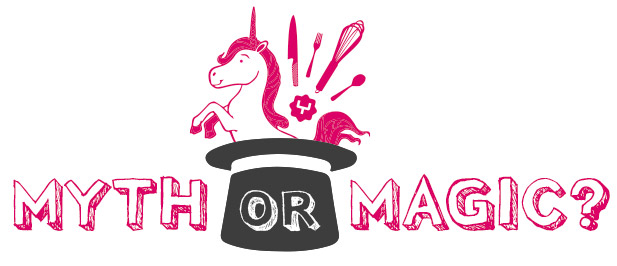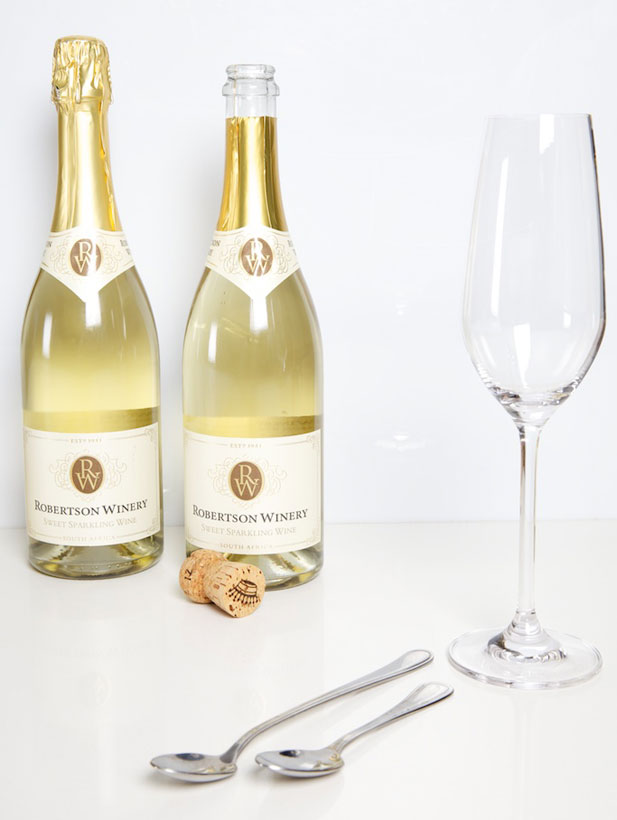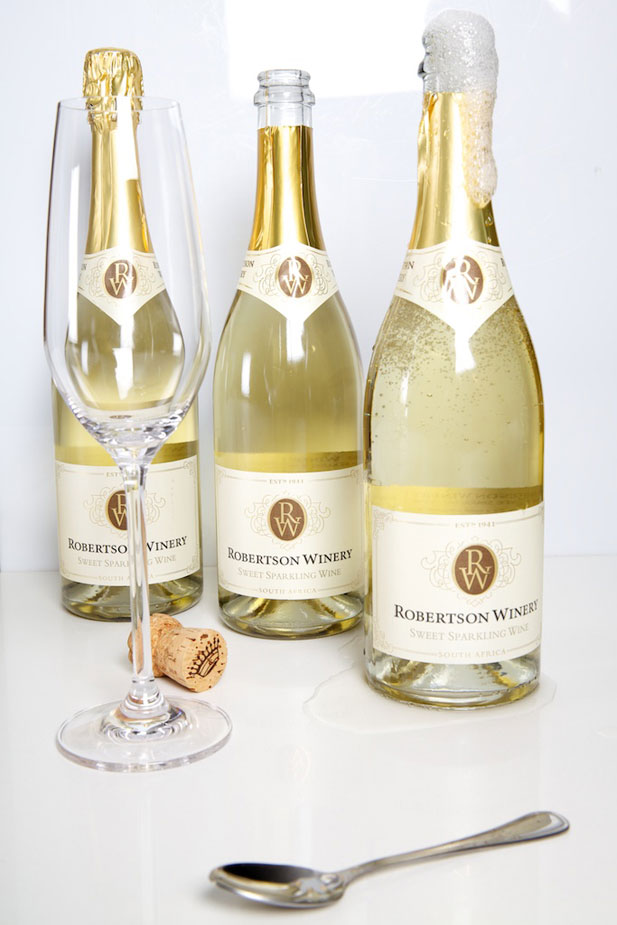Myth or Magic: Can a teaspoon keep the fizz in your champagne?

To test this myth, first you must find a good reason to celebrate. We chose to drink to summer and of course, cake.

We popped three bottles and shared a few glasses, leaving a little sparkling wine in each bottle. Then we slipped a teaspoon into the neck of one bottle and left the other two without. Here’s the science. The teaspoon is said to act as a temperature regulator, as it absorbs the warm air from the neck of the bottle. The air around the teaspoon now gets colder and as cold air is denser than warmer air, the teaspoon creates a kind of air stopper, preventing the gas from escaping. The bottle with no teaspoon has no ‘air plug’ so the gas has an open route to escape.

To prove that warm bubbly loses its fizz faster than cold bubbly, we left one bottle, without teaspoon plug, on the countertop. The other two went into the fridge, one with and one without teaspoon.
Then we dispersed to give the bubbles some space. We checked in again the following morning and true enough, this myth had a little bit of magic going for it. The sparkling vino on the counter, outside the fridge, with no spoon was pretty much fizz-free. As for the two in the fridge, the bottle with the spoon still had a pleasant zing and the one without the spoon, while not quite as carbonated, still had a little bit about it.
So in conclusion, the cold temperature retains more carbon dioxide and a teaspoon holds some metallic merit, at least overnight. However, unless you’re planning on having a champagne breakfast the morning after a little razzle dazzle, it’s probably best to drink up while it’s still positively effervescent, no?
All this myth testing did have us wondering who the first person was to dangle their silverware into the bottle neck of their left over sparkling vino.
And if you’re looking for a sure way to keep your fizz, head this way to check out the champagne stoppers in our wine tools and aerators collection.
